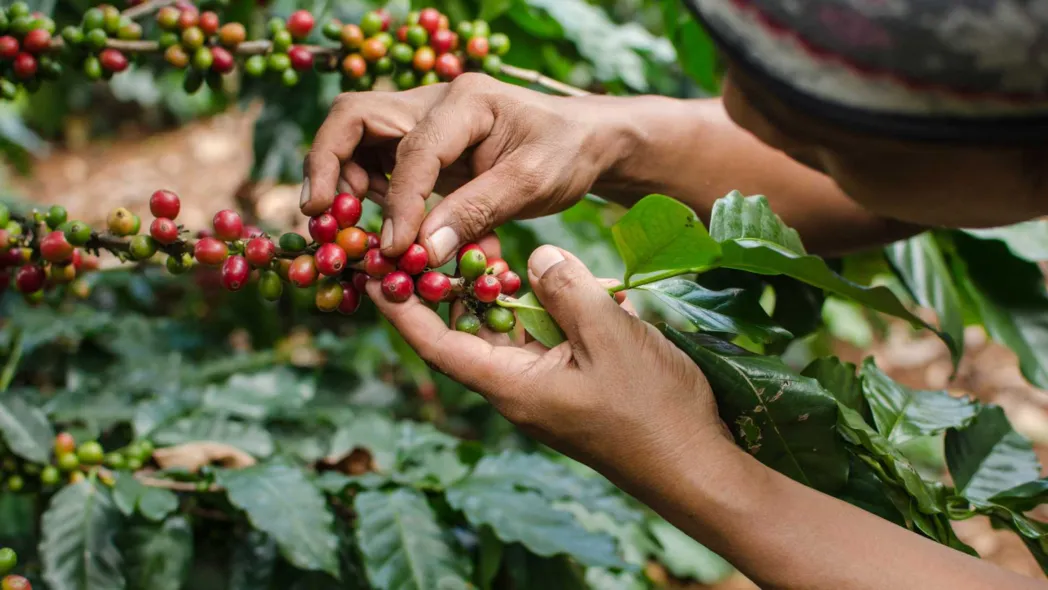Introduction: Steady Trends in Saudi Agri‑Food Imports Growth
Saudi Arabia’s food market is evolving as it continues to rely heavily on external sources. With local production limited by only 1.5% arable land, the Kingdom has steadily increased its reliance on imports. Projections expect the agri‑food import value to reach around US$11.1 billion by 2025. This article lays out clear data points showing how Saudi Agri‑Food Imports Growth is shaping the food market and supporting food security in the region.
Market Drivers Behind Saudi Agri‑Food Imports Growth
Retail food sales exceeded US$51 billion in 2023, while foodservice sales were around US$29 billion. A growing middle class, rapid urbanization, and a shift in consumer preferences have been significant contributors to this trend. With the agricultural sector contributing only 4.3% to non-oil GDP and employing roughly 350,000 people, domestic production is insufficient. This gap supports the ongoing Saudi Agri‑Food Imports Growth as the Kingdom meets its expanding food needs through imports.
Arable Land and Water Constraints Impacting Growth
Due to its environmental limitations—only 1.5% of the land is arable, and agriculture accounts for 80% of water usage—Saudi Arabia faces significant challenges in domestic food production. Water usage in agriculture has dropped from 19 million m³ in 2015 to 10 million m³ in 2022. These constraints ensure that local food production cannot fully replace imports, keeping Saudi Agri‑Food Imports Growth on a steady upward path.
Government Initiatives and Vision 2030 in Action
The government is actively responding to these challenges. Under Vision 2030, extensive investments are being made to improve both local production and overall food security. With USD 24 billion allocated for projects in environment, water, and agriculture, initiatives target higher self-sufficiency in some key products. For example, self-sufficiency for dairy currently stands at 129%, dates at 119%, and table eggs at 100%, with further increases planned. Even with these strides toward self-reliance, Saudi Agri‑Food Imports Growth remains integral to ensuring food supply reliability.
Modern Agri‑Tech Boosting Efficiency
Technology is playing a crucial role in supporting Saudi Arabia’s food system. Advances such as drip irrigation, smart water management, hydroponics, and UAV crop monitoring are being adopted to improve resource management and production efficiency. While these innovations help maximize domestic output, the continued demand for high-quality and diverse food products means that Saudi Agri‑Food Imports Growth still plays a central role in the overall market landscape.
Trade Diversification and Longer‑Term Trends
Saudi Arabia imports more than 80% of its food from an array of international suppliers including Germany, the USA, China, Italy, India, Egypt, and Brazil. This diversified sourcing helps mitigate risks from global supply issues and geopolitical events. The steady rise in Saudi Agri‑Food Imports Growth not only reflects present challenges but also sets the stage for continued evolution in the Kingdom’s food security strategies. By maintaining a balance between gradual improvements in local supply and strategic imports, the Kingdom manages to meet growing consumption demands effectively.
Conclusion: A Balanced Path Forward
Even as Saudi Arabia works to boost domestic food production through significant government funding and technology, environmental and structural constraints mean that imports remain essential. The data clearly shows that Saudi Agri‑Food Imports Growth is a consistent trend underpinning the Kingdom’s food system. In this balanced approach, the ongoing reliance on imports, paired with initiatives to improve local output, provides a practical roadmap for the future.
Also Read: Cashless Dining Transforms Saudi Food Services Growth







